Holy Cow! Astronomers agog at mysterious new supernova0
- From Around the Web, Space
- November 16, 2018
An event known as ‘Cow’ that has rocked astronomy since June likely offers a close look at the birth of a neutron star or black hole.
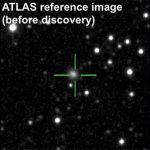
An event known as ‘Cow’ that has rocked astronomy since June likely offers a close look at the birth of a neutron star or black hole.
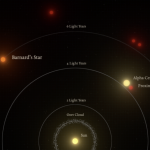
A large planet appears to be orbiting out near the system’s snow line.
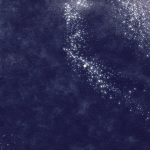
Giving our solar system a “slap in the face.”

It is the first impact crater discovered under one of Earth’s ice sheets, according to the scientists who found it.
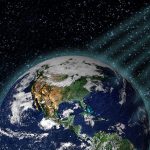
The tiny particles provide an independent test of some of the planet’s key properties
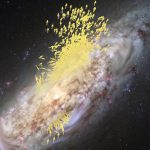
ESA’s Gaia mission has made a major breakthrough in unravelling the formation history of the Milky Way.
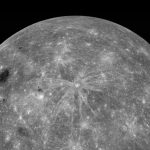
One Chinese mission will bring back the first lunar rock samples in more than four decades

Black holes, while fascinating, are hardly a new discovery – but a black hole spinning at one of the highest speeds ever, according to the Hindustan Times, is a completely different story – especially when there have only ever been four others like it.
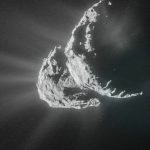
New scientific reports are again confirming the electrical nature of one of the most mysterious phenomena in the cosmos, the comet.
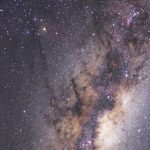
Whenever we hear of stars discovered that formed just after the Big Bang, they’re very far away, in the far reaches of the visible Universe. But now astronomers have spotted something new: a star that’s around 13.5 billion years old, right here in our own Milky Way galaxy.



